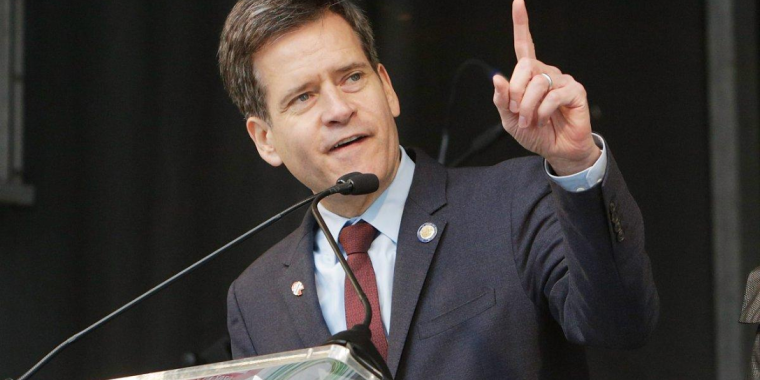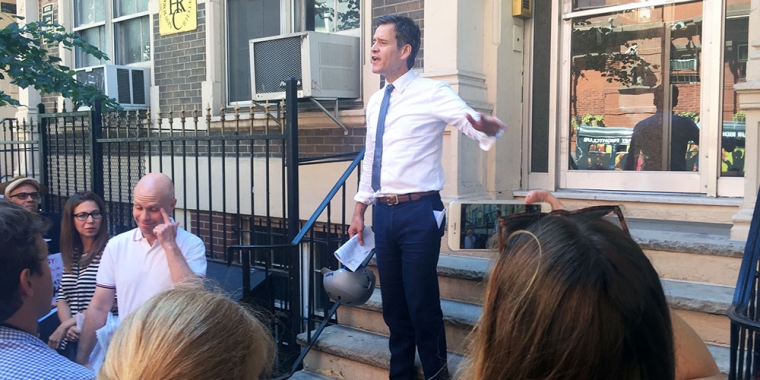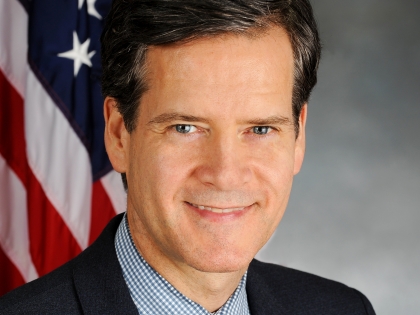
Testimony of State Senator Brad Hoylman and Assemblymember Linda Rosenthal Before the Metropolitan Transit Authority (MTA) on the Proposed Central Business District Tolling Program
September 12, 2022
-
ISSUE:
- Congestion Pricing
Thank you for this opportunity to submit testimony before the MTA, the New York State Department of Transportation (NYSDOT) and New York City Department of Transportation (NYCDOT) regarding the proposed Central Business District (CBD) Tolling Program. We are longtime champions of congestion pricing and believe that a successful tolling program will be beneficial for our districts, the city, and the entire region. At the same time, we will continue to advocate to make certain that equity and community input are central to the implementation of this approach to our city streets. We are grateful for the extensive outreach and community input that the MTA and partners are currently undertaking to best serve New Yorkers and ensure the success of the program. Congestion pricing is a smart approach to reducing traffic congestion and pollution while repairing and upgrading our mass transit system to provide greater accessibility and improved bus service. Scientists have been sounding the environmental alarm for years, and unless we take urgent steps to drastically reduce gas emissions, the effects of climate change will soon be irreversible.
The transportation sector accounts for nearly half of all carbon dioxide emissions in New York State. While other sectors have made strides in reducing gas emissions over the years, transportation has proven more difficult to reform. Congestion pricing will lower the number of vehicle miles traveled in New York and help incentivize other low-carbon alternatives such as the subway system, buses, cycling and walking.
In addition to hastening climate change, vehicle emissions can trigger certain health conditions. Many of the neighborhoods we represent have dangerously high levels of air pollutants, in large part because of the congestion that plagues our streets. These pollutants have been found to harm respiratory and cardiovascular health, contribute to the development of asthma, increase chances of respiratory infections and contribute to thousands of premature deaths in New York State. The status quo is clearly not sustainable or a viable option when healthier alternatives are at the ready. We must create incentive structures to help reduce the number of pollution-spewing vehicles on our streets.
As we emerge from the pandemic with deflated ridership totals, our public transit system faces incredible headwinds. The safety, reliability, and accessibility of our transit system is at risk if we do not find new sources of revenue to modernize our aging system, including the purchase of new cars, signal upgrades, ADA accessibility and myriad improvements throughout. If we are not successful here and our transit system slips further into disrepair, we could lose our competitive advantage as a city as well as one of the defining features that sets New York City apart from other big cities. It is crucial that all credits, caps, and exemptions are thoughtfully considered to ensure they do not undermine our ability to fund and modernize our transit system.
We need congestion pricing to improve street safety. As we all know, over the past few years New York City has seen an increase in vehicular crashes and deaths. In 2021, seven years after the launch of Vision Zero, 273 people died in traffic-related incidents in the City. Unfortunately, according to the most recent data, the City is expected to outpace those numbers in 2022. By reducing traffic congestion and the number of vehicles on the road, there will be fewer car crashes, making the City’s streets safer for pedestrians, cyclists, and motorists alike.
Finally, traffic is responsible for tremendous economic costs that will be curtailed through congestion pricing. On average, New Yorkers lose 102 hours each year due to traffic congestion, and congestion pricing can save up to $20 billion annually in congestion-related costs to our regional economy. This economic impact is more important than ever as our local economy struggles to recover from the mass unemployment and business interruption caused by COVID-19.
For all these reasons, it is imperative that we come together to make the CBD tolling program a success, by addressing the concerns of New Yorkers across the city. One of the most frequent concerns we have heard from our constituents is the impact on low-income residents of the CBD. The congestion pricing-enabling legislation created a tax credit for low-income New Yorkers making $60,000 who live in the congestion zone, but many of our constituents worry that the implementation of such a credit will not adequately address challenges they will face with congestion pricing.
We strongly urge you to create a system of deferred payments for New Yorkers who would likely qualify for this credit. Low-income residents should not have to pay money they don’t have up front and wait until they get their annual tax return for reimbursement. This would result in our most vulnerable constituents essentially loaning the State money interest-free. Instead, we propose allowing residents who believe they qualify for the credit to enroll in a program so that their E-Z Pass accounts are not charged, or they are not sent a bill for tolls, until they have filed and received their tax credits due under the law. Under such a system, those who have an unexpected change in taxable income that results in their disqualification from the tax credit should have the ability to pay a discounted rate and use a payment plan to repay their tolls for the prior year.
With such a drastic change to the way we use our roads, there will need to be a transition period as individuals learn to adjust to our new reality. We look to London, which successfully implemented a congestion charge in 2003, as a model for how to address these concerns. London has provided a percentage discount to those who live within the boundaries of the congestion zone. While the central business district is the most transit-rich region in the country, some of our constituents use their cars to travel for work outside of the CBD, to locations not accessible by transit. We urge you to consider a temporary, phased out discount for residents of the CBD as an adjustment period.
We appreciate the opportunity to submit testimony and look forward to continued collaboration during this important planning period.
Share this Article or Press Release
Newsroom
Go to Newsroom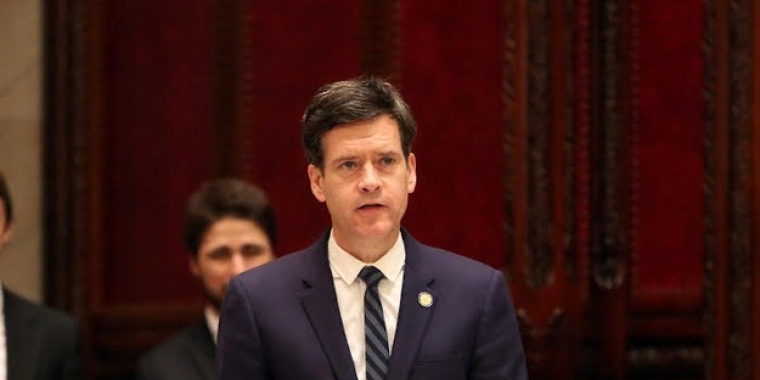
NYPD Active Shooter Brochure
October 2, 2017
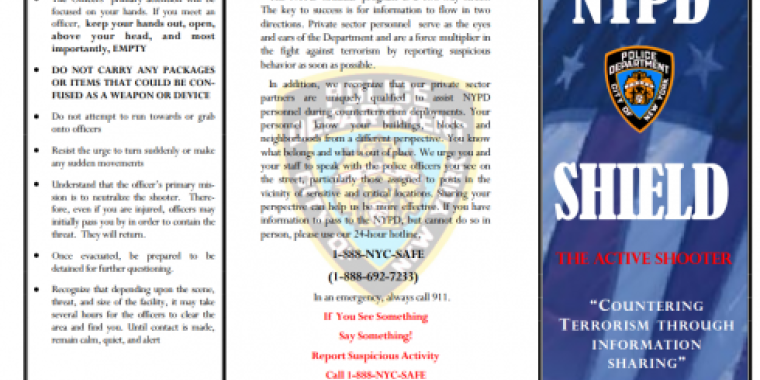
Sen. Brad Hoylman wants to disclose owners of state LLCs
September 27, 2017
